11 nonprofit marketing ideas and best practices
Explore testimony from industry experts as well as examples detailing some of the best practices from nonprofit marketing.
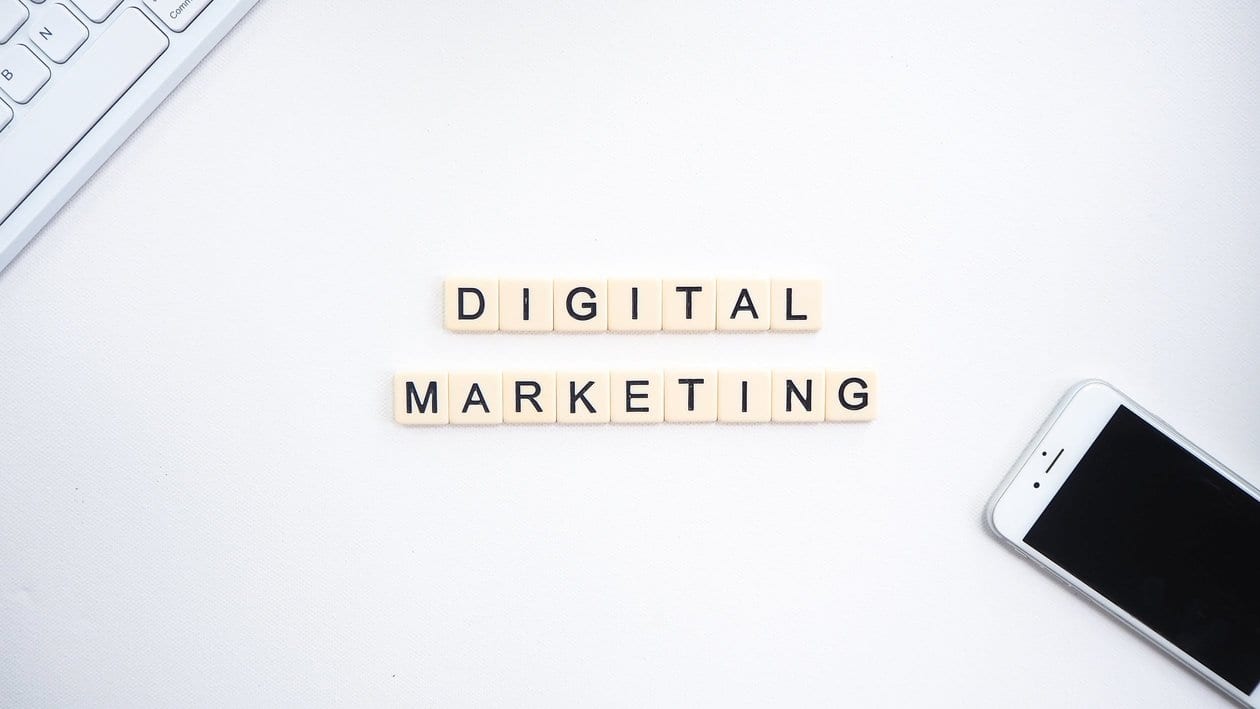
Explore testimony from industry experts as well as examples detailing some of the best practices from nonprofit marketing.

Nonprofit marketing is no easy task. At times, it comes down to promoting your cause on a shoestring budget with limited staff and resources. Then, on top of all that, leadership might hesitate to engage in marketing due to the risk on return.
Add it all up, and marketing for nonprofits can seem like an astronomical job.
But there’s a silver lining. Most nonprofits have a compelling story to tell, and a story like that can put real purpose and drive behind a digital or traditional marketing campaign because there’s something there that actually matters—it’s real, and it’s shareable. Plus, even if your team is limited, you can usually count on that team to be passionate about the cause.
You can go a long way when you pair passion with a powerful story.
Try Nonprofit Text Marketing for Free
No credit card required
Check out these easy, actionable tips for meaningful growth in your nonprofit.
Most people don’t part ways with their hard-earned money too easily. For-profit businesses have products or services they can offer in exchange for cash, but nonprofits are typically “selling” (so to speak) participation in a cause—and the satisfaction that comes from that—so they have to be more tactful and purposeful in their approach.
According to Emily Logan, a longtime activist and nonprofit growth/advocacy strategist, one of the most important things a nonprofit can do is focus on building relationships before making the ask. Establish an emotional connection between your cause and potential donors, and get a real, meaningful conversation going.
Sure, this advice stands for pretty much any business, but it’s especially important in the nonprofit world, where you’re attempting to make a big change in some area that matters a lot to you (and your supporters, too). There’s more than just money on the line.
Entrepreneur, public speaker, and VaynerMedia CEO Gary Vaynerchuk puts it honestly and bluntly in this piece on nonprofit marketing:
It’s about a value exchange—you can’t just expect someone to donate to your cause without bringing value to them first. It’s not guilt-tripping or relying on people feeling like they have to give. It’s an open, transparent conversation and dialogue. You need to respect your target audience.
P.S. The conversation shouldn’t just end when the donation arrives. Keep the conversation going, say thanks! Because sometimes a simple note of gratitude is all it takes to turn a first-time donor into a repeat donor.
One smart way to increase donations is to tie your nonprofit fundraising to an advocacy initiative that targets a current and pressing event.
For instance, in 2009, Amnesty International USA sent an email campaign to supporters urging them to take action in the case of Aung San Suu Kyi, a political prisoner in Myanmar. AIUSA also used the situation as an opportunity to ask for donations. The result?
The appeal tied to Suu Kyi raised $13,000, more than twice as much as a straightforward fundraising appeal on Sri Lanka sent to the same list at the same time.
The National Council of Nonprofits actually has an entire newsletter dedicated to this very tactic. It’s called Nonprofit Advocacy Matters.

The call to action (CTA) is also known among the nonprofit community as the “ask.” The anatomy of a successful ask can often determine the success of any fundraising campaign. It should be clear to each potential donor what you’re asking, meaning your solicitation is void of language too industry-specific, or beyond the means of what someone believes they can give.
The easiest way to ensure you have a strong CTA that donors positively respond to is to keep your focus narrow and on one of the following three things:
Let’s talk social media marketing for nonprofits. It’s no secret that people trust individual influencers more readily than they trust brands and companies. If you can win over social media influencers who then spread your message for you, you’ll be taking a big step toward making an impact.
According to TapInfluence, “influencer marketing content delivers 11X higher ROI than traditional forms of digital marketing,” and “influencer content on social media earns more than 8X the engagement rate of brand-direct content.” Plus, if you’re one of the many nonprofits that are too short-staffed to devote much time to social media, having an influencer spread the message for you is a huge boost.
Getting influencers to take up your cause involves identifying and reaching out to them via email or… wait for it… social media! If it makes sense for your organization, focus on the local community and look for “micro-influencers” within your network. Influencers can come from anywhere, really—you just have to put your cause in their hands.
Meltwater, a data science company that provides a media listening and monitoring platform, provides a useful guide to building influencer relationships here: Influencer with a Cause: How Nonprofits Can Identify and Work with Influencers. And NetBase has a helpful list of social analytics tools that can help you see who’s a fan of your nonprofit, who’s talking about it the most, and how much engagement they’re getting.
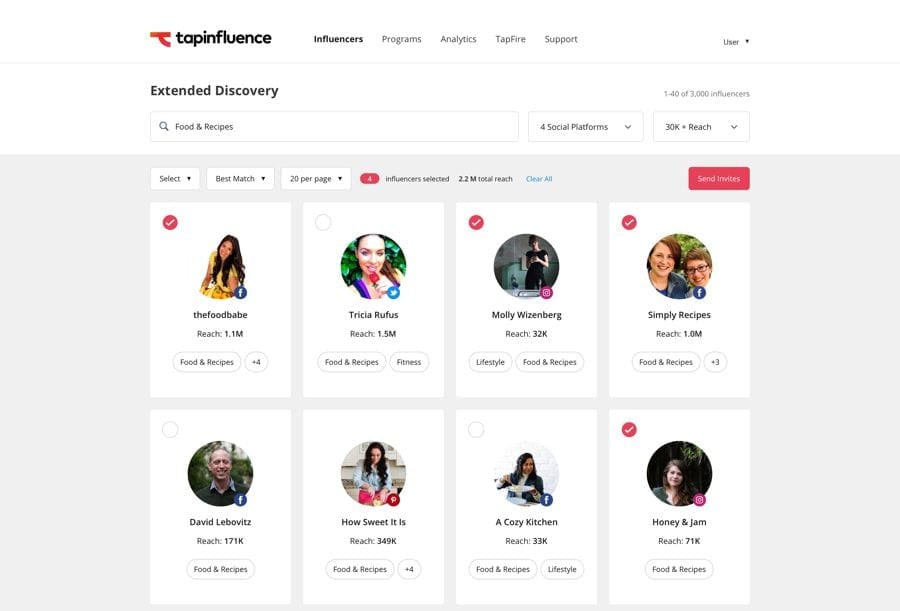
It’s also key to ensure you have the right tools to populate social media with engaging trust signals and informational pictures. Venngage has some awesome awareness infographic templates anyone could customize.
They also have templates for end-of-year fundraising, milestones, success stories, and more! You can check them out here.
Alright, so this is admittedly a pretty simple idea, but it’s an idea worth paying attention to. People tend to be talkative when they truly believe in a cause, right? So just encourage your staff to talk about your cause and promote it in their social circles.
As a nonprofit, your founders, staff, and board members all make excellent salespeople simply by virtue of being part of the show. Take charity: water, for example. Their CEO often talks about his own personal journey to the nonprofit world, and it works to great effect.
Don’t overlook the unique position your staff members are in to tell others about the cause and bring in new donors. Ask your staff to help share your message with their friends and on their social media accounts…and they’ll most likely be happy to oblige.
Adding an element of interaction with your nonprofit can help people feel connected to your cause. While you don’t want to make your cause feel like an exploitative exhibition, you do want to try and peel back some of the mystique.
A lot of nonprofit work is about breaking down the barriers that trap populations in a cycle of need, and event-based work is a great way to begin demolishing that ceiling. If you don’t have the budget or time to organize large-scale events that invite the public into your operation, the next best thing is to bring yourself into the community.
It’s essential for your nonprofit to immerse itself in both the community you’re serving and the communities that support you. Too many resource development teams overlook the importance of community visibility because of its less-than-apparent ROI.
Donors don’t give to an organization, they give to a cause. So help your communities get to know you as a mission.
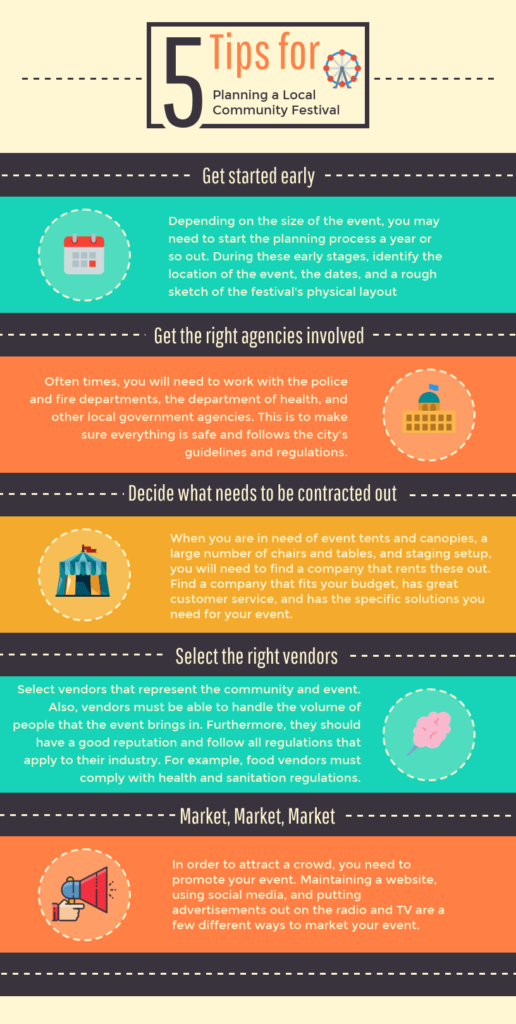
Video dominates in today’s marketing landscape, and you can’t really do digital marketing for nonprofits without at least putting it on the table as an option. HubSpot research conducted in 2017 revealed that people “skim most written and audio content” and are “more likely to pay attention to video content.” This is especially true for Millennials.
The same research also revealed that video content is what the majority of respondents want to see more of moving forward. So if you want to succeed in nonprofit marketing, one great way to do that is to start thinking in video.
Thankfully, video doesn’t have to be very long to succeed. In fact, according to Vidyard’s Video in Business Benchmark Report, most of the videos produced by marketers in 2017 were less than 2 minutes long.
Video doesn’t necessarily have to compete with big-budget stuff, either. It can be expensive, but it doesn’t have to be—there are ways to bring production costs way down.
For instance, tools like Adobe Creative Cloud and Canva make it affordable for nonprofits to edit and create great video content. And social platforms like Facebook, Twitter, and Instagram allow users to easily livestream content.
Looking to hire actors for a video? You could simply ask your staff or supporters if they’d like to be your stars. Furthermore, as a nonprofit, you might be able to convince amateur and professional actors alike to volunteer their talent.
You can also take advantage of YouTube Impact Lab, which exists specifically to help social movements get the message out. But we’re getting ahead of ourselves… let’s talk about Google now.
Google for Nonprofits is a suite of five tools that qualifying nonprofits can apply for and use for free:
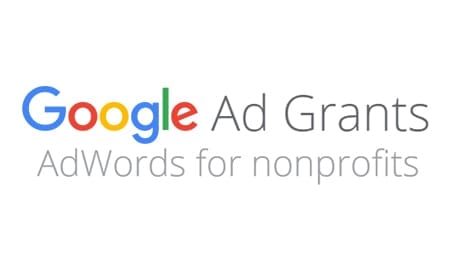
💡SimpleTexting tip: Learn about 16 other free marketing tools for nonprofits here.
Nonprofit email marketing and text messaging are powerful tools. Typically, the people who join your marketing lists truly care about your cause and want to support you, which means they’re highly receptive when they see a message from you land in their inbox or on their phone.
When you automate those messages, that’s even more powerful. Automation can save you hours of time and make it easy to ensure that the right messages are going to the right groups of people.
Email open rates aren’t as high as text open rates, but email is far from dead. According to that HubSpot research mentioned above, Boomers and Gen-Xers still tend to prefer email over video content, so there’s a huge audience for it. And for what it’s worth, text messages are almost always opened—it’s common to see open rates at 90% and higher.
If you’re looking for ideas about how nonprofits can use text messaging, check out our Text Message Marketing for Nonprofits guide. And if you’d like to try text messaging for your nonprofit, SimpleTexting is happy to offer a 15% discount. Contact us today to see if you qualify!
In the world of for-profit business, personalization can really impact how much a customer spends. In general, 80% of customers are more likely to purchase a product or service from a brand that provides personalized experiences. That same logic applies to donors.
By segmenting your donor management catalog into smaller, more specific lists, you can deliver personalized experiences that put them at the front line of their impact.
We suggest using our segmenting tools to organize your audience by donation amount, frequency, program preference, or acquisition channel.
For example, the nonprofit Filmraiser helps schools, clubs, and organizations sign up to sell tickets to new Hollywood films to earn money for their groups. And a big part of their strategy relies on grouping donors by their favorite genre of movie and the organizations they like to contribute to.
By keeping the lists organized by these specifications, they were able to help fundraisers connect more effectively with the audiences most likely to support their causes!
All text messages and over half of emails are opened and read on a mobile device. If your nonprofit’s website and donation portals aren’t optimized for mobile visits, you could be missing out on thousands of dollars.
According to data from Blackbaud, nearly 10% of all donations come from mobile devices! In order to ensure you create a seamless mobile donation experience, we suggest taking advantage of integrations between text marketing and mobile giving tools.
With Zapier, for example, you could create a code-free integration between SimpleTexting and Qgiv or Donately that would help you acknowledge and thank donors automatically.
Once connected, this would allow you to:
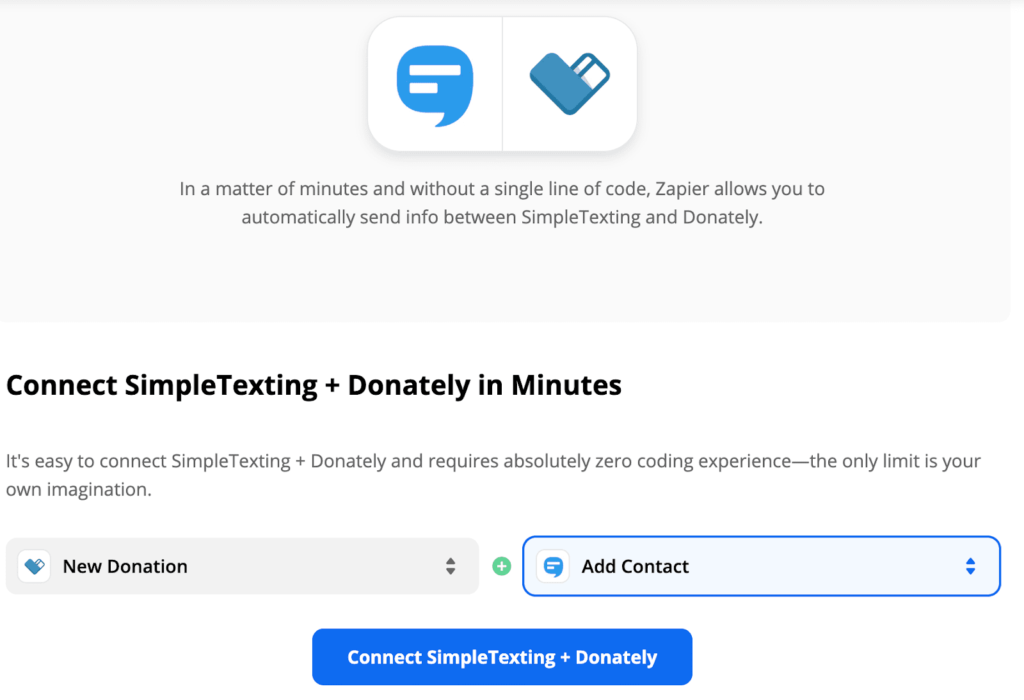
[Read: Text-to-Donate: How to Include Texts In Your Nonprofit’s Fundraising Strategy]
Ready to boost your nonprofit marketing efforts with a bit of text messaging? We can help with that. We offer a 15% discount for qualifying nonprofits—so if you like how we roll, be sure to ask our support team about it before you upgrade to a paid plan! Be sure to also check out our nonprofit guide to text marketing.
Meghan Tocci is a content strategist at SimpleTexting. When she’s not writing about SaaS, she’s trying to teach her puppy Lou how to code. So far, not so good.
More Posts from Meghan TocciCheck out St. Jerome's Catholic Youth Organization's strategy for getting families registered on time each year.
ReadLearn the anatomy of a proper nonprofit donation thank you letter complete with a sample letter you can replicate with your own nonprofit.
ReadStart a text marketing campaign or have a 1-on-1 conversation today. It's risk free. Sign up for a free 14-day trial today to see SimpleTexting in action.
No credit card required